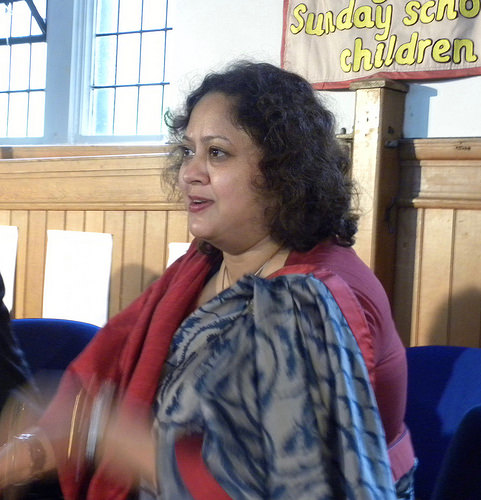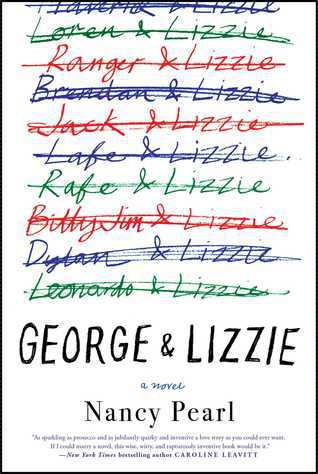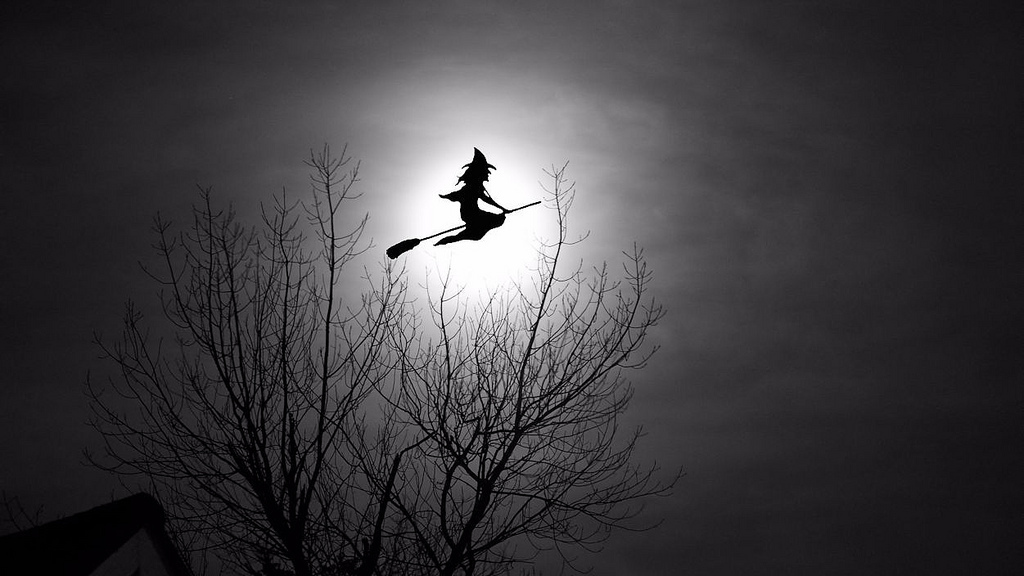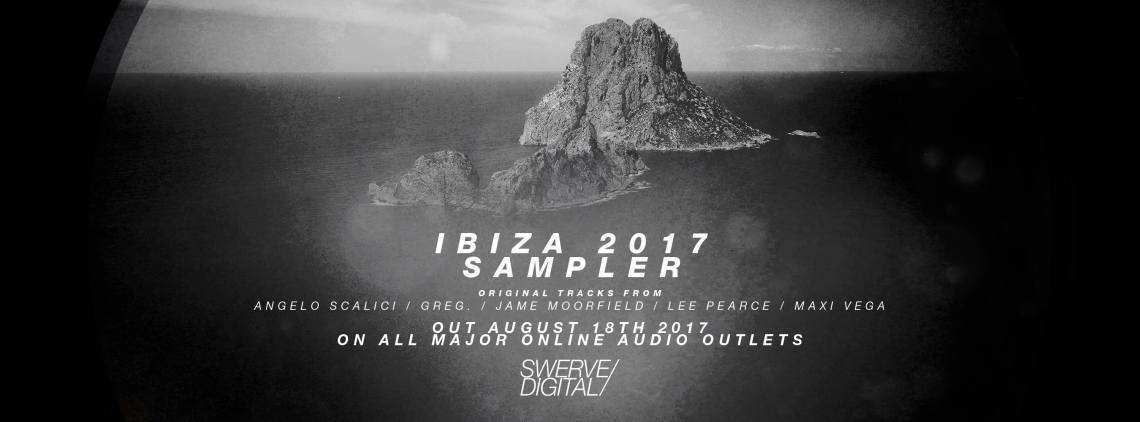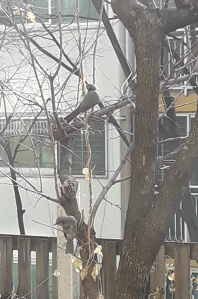
On birds with exotic names,Thomas Hardy, New Year, and the security situation on the Korean Peninsula…
This was the view from my living room window a couple of days ago – a couple of brown-eared bulbuls chowing down on a decayed vine half-hanging from a tree. ‘Twas a charming mid-winter and new year scene, methinks. I might almost think of the celebrated Thomas Hardy poem, The Darkling Thrush, in which a gloomy midwinter scene at the turn of the century, and the poet’s own pessimism, is enlivened by the rapturous singing of a songbird. Hardy finishes:
So little cause for carolings
Of such ecstatic sound
Was written on terrestrial things
Afar or nigh around,
That I could think there trembled through
His happy good-night air
Some blessed Hope, whereof he knew
And I was unaware.
Except that, if you had ever hear these little guys carolling, you wouldn’t think of the poem at all because their call is not a peel of sonorous joy, but a rasping “jeeeeek” sound very much like that of child’s or dog’s squeezy toy. It is from this noise that they derive their name in Korean, Jikbakkuri – although you should be careful how you say it, for it is something obscene if said wrongly. They are perhaps the most common garden bird in Korea – akin to the blackbird in Britain, and, outside of Seoul at least, more numerous than sparrows. Like most very common birds here, its name is of pure Korean origin, whereas rarer species tend to have more technical ‘Sino-Korean’ names derived from Chinese characters.
The English name is interesting in its own way. ‘Bulbul’ has an exotic ring to it, and indeed some bulbuls, in warmer parts of Asia, and especially India (and Iran – from where the word derives), are very colourful. My guess is that British ornithologists named the genus after the birds they studied in India, still unaware of their drabber cousins to the east. When I first saw one in Korea, I thought it a kind of starling or thrush, and, until I eventually looked it up, referred to it as a ‘grey starling’. Like a starling, its coat is a little more distinctive than at first appearance, with its speckled grey and white belly, black eye bars and – yes – reddish-brown patches over the ears, though you could see the bird many times without noticing that. Perhaps there’s a touch of humour in the naming of the bird after one of its less obvious characteristics.
In the winter’s relatively warmer periods, when the temperature creeps towards zero and above, I notice that the birds come out to make the most of it. Just from my car and living room windows today, I saw Daurian redstarts and great tits as well as the bulbuls. There’s something pleasing in the image of birds in sub-zero temperatures gaining sustenance from – of all things – a dead parasitic plant, although I can’t quite, as Hardy does with his thrush, claim to see in it a symbol of hope. Still, the sight of small birds always gives me a little moment of happiness, which is something to be thankful for…
A couple of hours after taking the picture, I saw a rather more disconcerting sight: a great grey flying machine, a military cargo plane, or bomber, flying low over the outskirts of Seoul. I can’t quite shake the habit of symbolic thinking, and the silhouette of a military plane is an unavoidably ominous sight, and a largely unwanted reminder that we’re in a place where war, whilst still unlikely, is somewhat more likely than I would want it to be… I see bombers, fighter jets or military planes of some sort several times a week. Logically speaking, however – and morally speaking – I should be as grateful for these large, fearsome things as much as for the small, beautiful things I had seen earlier. And, while hoping that they presage nothing more than the continuing safety of South Korea, I am grateful for them, whether they be US military or South Korea’s.
And those are my thoughts this new year in Suwon, South Korea. Happy new year!

